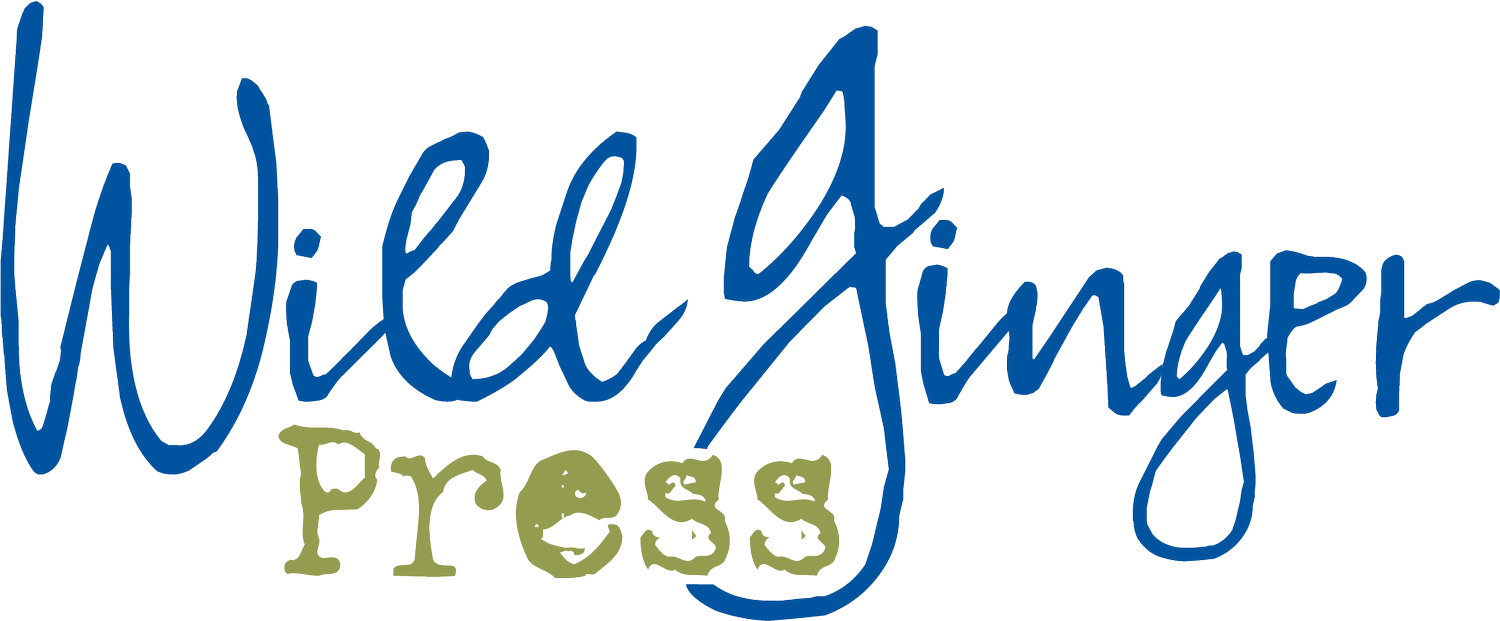What it Really Takes to Have a Finished Book
It starts with the brilliant, big “Why”. When you know that, you can always refer back to that when the writing process gets tough. A complete book has many stages that are not readily seen or thought about. This infographic gives you an overview and the stages of what it really takes to have a finished book.
An Entrepreneurial Approach to Publishing Your Book
Our formula for your success is simple: write impeccably well, continue to learn your craft, approach the publishing endeavor like an entrepreneur, and then write some more.
Our approach to helping you get there is unconventional: we see each project as part of a bigger picture, and we’ll help you ask and answer the questions that bring that picture into focus. It’s all about the “Why.”
Collaborative Partnerships:
We begin here, with a conversation. Together, we’ll align your intentions by exploring your motives for writing a book and discussing what you want it to do. Valuable nuggets emerge from this questioning. Sometimes, it’s not even about the book — it’s about your passion, your life’s mission, or your message. This information gives us the broader context needed to help us provide the best design solutions for your book.
Teaching you how to think like an author-entrepreneur as you put together your book, build your business, and devise a strategy for long-term success as an author. Often, this means thinking bigger than a single published title.
Unique Design Solutions:
Designing your book’s cover and interior pages. This includes your book’s front, back, and spine, plus beautiful pages of text in which typography and readability are the focus. The design will visually represent the story, and you’ll be part of the process, receiving options to think about and comment on as we go. Each design is uniquely created for that book.
Creating charts, graphs, small illustrations, or infographics that enhance your book’s message and builds reader engagement.
Converting your book into appropriate E-version files for use on several different devices and distribution channels.
Producing all your support materials, such as website development, marketing materials, Facebook mastheads, bookmarks, business cards, and other elements that will help build your brand.
Account Management:
Developing a timeline so you can control when your book will be delivered and what the distribution channels will be.
Acquiring your book’s ISBNs and LCCNs — if you choose that option. You can also use a Wild Ginger Press ISBN.
Setting up all the accounts you’ll need for POD (print on demand), distribution, and e-book distribution.




